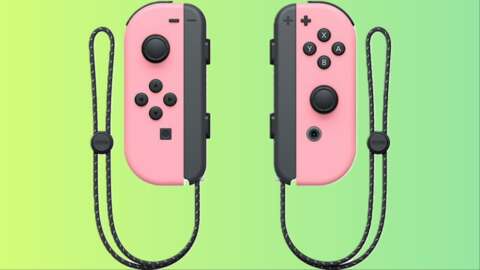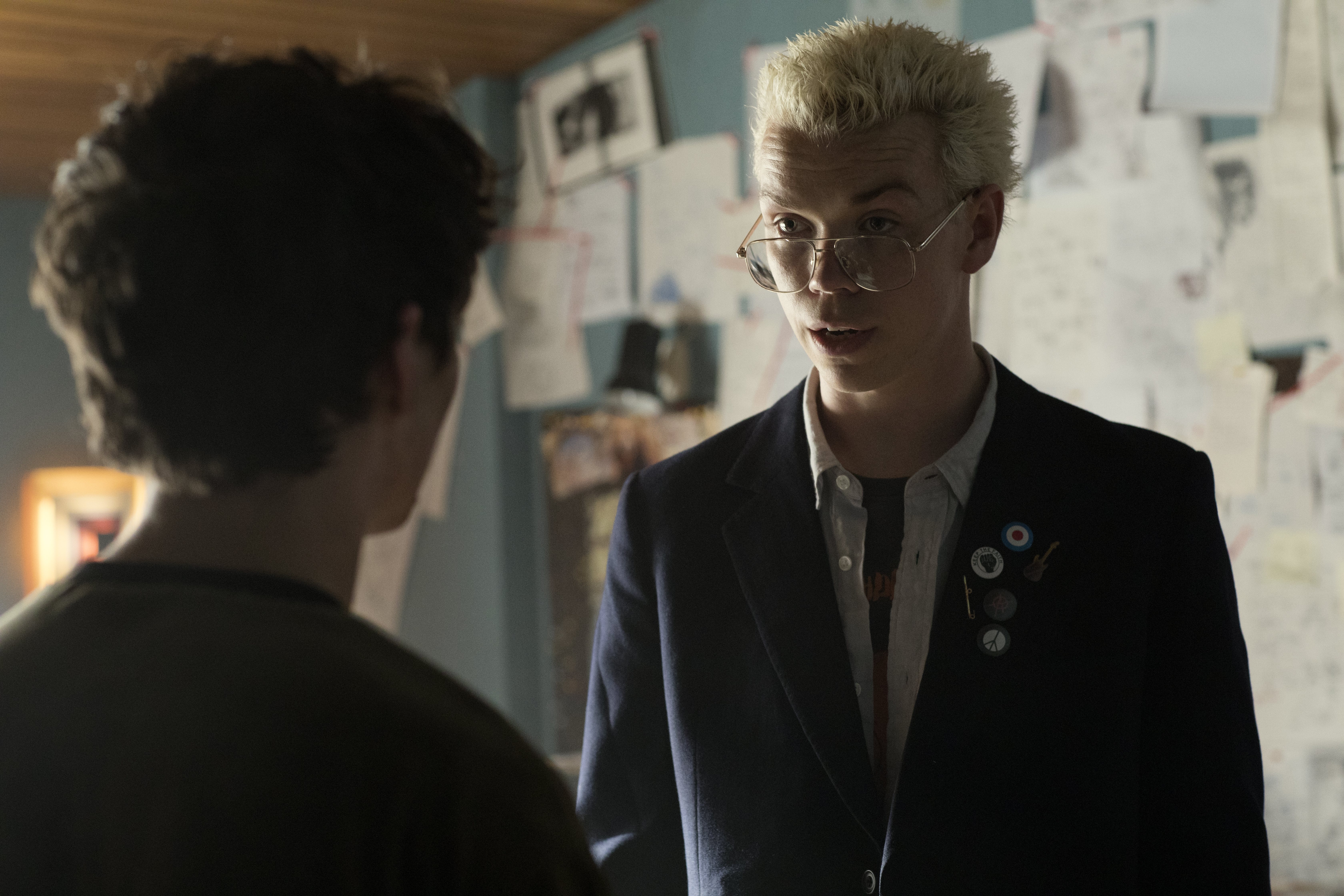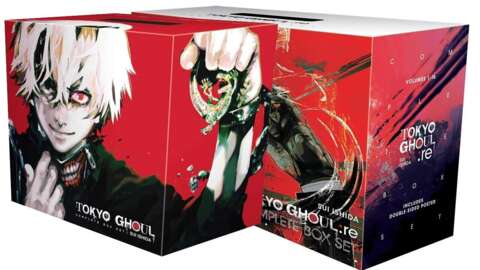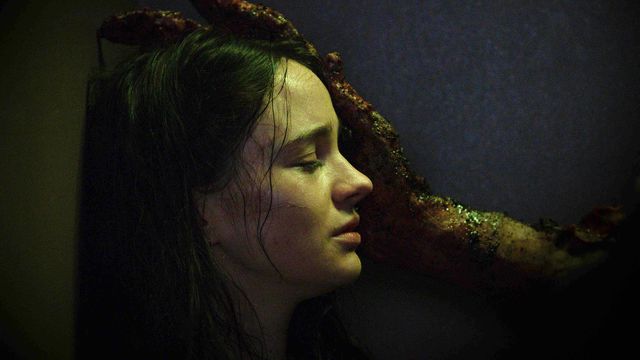Two decades on from its original launch, Star Wars Battlefront is suffering a disaster of a re-release. Star Wars: Battlefront Classic Collection, a compilation featuring the first two games in the series, is a messier than a Jawa that swallowed a thermal detonator thanks to server problems, bugs, and more. What was at first a highly-anticipated re-release has become the target of overwhelmingly negative reviews on Steam.
20 years ago, it was a different story entirely. Released on PC, PlayStation 2, and Xbox in September 2004, the same day the classic Star Wars trilogy hit DVD, Battlefront signaled a new era for LucasArts. Under a new president, marketing vet Jim Ward, the publisher had bet big on the idea of a third-person arcade shooter with potential for massive online multiplayer battles. By packaging a playable Xbox demo with the new box set of movies, and using remastered footage from the DVDs in the game’s single-player campaigns, LucasArts aimed for mass appeal on a whole new scale. The publisher’s old guard had found critical success with niche titles from studios like BioWare or Totally Games. But for years Star Wars — one of the most beloved and recognizable brands on the big screen — had struggled financially in the realm of video games.
Star Wars: Battlefront was met with fairly favorable reviews, but the real story was in sales. Within three years, Battlefront moved more than 4 million units. BioWare’s hit RPG Knights of the Old Republic sold 3 million copies by the end of its third year, but Battlefront had taken half as long to develop — and on a limited budget.
The shooter offered a large-scale combat experience on planets fans knew and loved, yet there was also the novelty of playing as a humble foot soldier. You got to play as the bad guys, sure, but TIE Fighter had pulled off that same trick a decade earlier. Battlefront felt special in large part because you were not Dash Rendar or Darth Revan or Kyle Katarn. You were nobody. As I wrapped up the Galactic Civil War campaign back in 2004, on Cloud City and then Endor, I understood even then that this was the appeal of Battlefront’s fantasy — you were just some guy in Star Wars, a few feet out of frame when Emperor Palpatine met his end.
I’m not immune to the charms of flying an ARC-170, or dashing into battle as Aayla Secura with a pair of laser swords, but I do think the Battlefront series lost something when the sequel arrived. Released five months after George Lucas’s 2005 feature, Revenge of the Sith, Battlefront II took the vision for the first game and maxed it out in every direction, adding space combat, playable Jedi and Sith, and of course more locations from the films. A proposed third entry in the series, developed by Free Radical Design, pushed the tech even further with seamless ground-to-air combat before its eventual cancellation in 2008.
In May of 2013, six months after Disney acquired Lucasfilm, Electronic Arts signed an exclusive publishing deal with the Star Wars camp. And so the Battlefront series was reborn at EA DICE, the studio behind Battlefield and the Frostbite engine. A decade after the release of Battlefront II (2005), a new generation of gamers would live out their grandest Empire Strikes Back fantasies in Star Wars Battlefront (2015). It was a good game at launch and a great one by the end of its brief life cycle, incorporating some of the all-time great Star Wars game modes in the form of its Rogue One and Death Star DLC packs. Its asymmetrical “Walker Assault” game type proved antithetical to competitive play, but it felt a lot like the 2004 Battlefront. Once again, you could simply be a grunt in the snow at the Battle of Hoth, lumbering durasteel giants drawing closer and closer to the rebel base till one side claimed victory.
The inevitable fourth installment, Star Wars Battlefront II (2017), came with a more polished multiplayer component, but the immediate selling point was its single-player story campaign — something the 2015 game had lacked entirely. One-third of the planned story, set around the time of The Force Awakens, shipped as a free download shortly after launch, but even the base campaign had a satisfying story to tell, with loads of connections to the novels and comics that had come out around 2015. Players take on the role of Imperial commando Iden Versio (who eventually defects to the Rebel Alliance), and some familiar faces show up along the way. I certainly didn’t expect to play as Luke Skywalker or Lando Calrissian going into the campaign, but this was seven years out from 2010’s The Force Unleashed II. Getting to wield a lightsaber for a bit was a welcome surprise.
Despite all the fun to be had, both of DICE’s Battlefront games suffered under EA’s controversial monetization practices at the time. The first game split most of its best maps and modes across a series of small paid expansions, so if you wanted to play everything your friends were enjoying, you needed to pony up for the season pass. It’s almost unthinkable now, but I paid $107.99 for the complete Ultimate Edition on Xbox nine years ago. The sequel’s progression system, however, was a quagmire of randomized loot boxes, pay-to-win advantages, and a level of grind users refused to accept. The worst of these were quickly removed from the game, but the studio continued to support the title with new locations, characters, and modes through the release of 2019’s The Rise of Skywalker. A story of failure became one of undeniable triumph, and to this day the game remains one of the best casual online shooters around.
It’s taken a long time for EA to earn back the faith of the Star Wars audience, but stellar games like Motive’s Squadrons and Respawn’s Jedi: Survivor seem to have done the trick. The Battlefront II (2017) debacle feels like ancient history, given all that’s happened in the industry at large in the intervening years. Will we ever see another Star Wars game on the scale of DICE’s Battlefront releases? This came up in a recent conversation I was having with a friend, over a few rounds of Helldivers II, and I’ve been thinking about it ever since.
On the one hand, it’s only a matter of time before we get something like a Battlefront equivalent. The disappointment over Aspyr’s so-so ports of the first two games, packaged as the Star Wars: Battlefront Classic Collection, underscores the affection people still have for these two-decade-old gems. Meanwhile, the second elephant in the room is that EA just laid off 23 people at Respawn and canceled a first-person shooter inspired by The Mandalorian. Disney’s play amid all the recent mass layoffs and studio closures has been to announce that it’s investing $1.5 billion in Epic Games, the mega-publisher behind Fortnite.
The recent success of Helldivers II shows that live-service games can still thrive alongside the industry’s biggest “hobby games” but it’s expensive to ship a multiplayer Star Wars title with a blockbuster campaign mode attached to it. If we see another Battlefront pitch make it to market in the foreseeable future, it may be a very budget-conscious one. I’m reminded of the original Titanfall, which cleverly built its story campaign around an online-multiplayer framework; voice-over’s cheaper than a bunch of cinematic footage with voice-over on top of it. We’ve come to expect a lot of cutting-edge performance capture from Star Wars, but maybe that makes more sense in games like the Jedi series or Bethesda’s Indiana Jones.
So how could it work? Again, I go back to that image of the nameless freedom fighter with a blaster — one soul against an AT-AT or the blade of Kylo Ren. The response to Andor, and Rogue One before it, proves that a band of ordinary warriors can be every bit as inspiring as a Jedi Master. Playing as the bad guys, as we’ve established, has been done; the classic Battlefront II centered on the famed 501st Legion under Vader, and the most recent entry followed the Empire’s Inferno Squad. It seems to me it’s time to make the rebels cool again — a few flawed, believable characters trying to survive in a galaxy besieged by tyrants.
Variety’s part of what makes Battlefront so great, but consider Battlefield 1’s ingenious “War Stories” format: an anthology separate stories told through different viewpoints, different battlefields. Imagine playing as a prospector or treasure hunter who gets drawn into the conflict between the Jedi and the Nihil on Elphrona, a world we’ve only read about in books. Picture yourself as a clone trooper, or a farmer with a family, taking on a legion of droids on Dantooine at the height of the Clone Wars. Then on to Aldhani during the reign of the Empire, Chandrila under the New Republic, and Batuu as the First Order hunts the Resistance to the brink.
Rebellion can happen anywhere, at any time, as long as good people are willing to fight for what matters. A casual co-op shooter you can play with friends — perhaps a kind of anti-Helldivers, given the message of compassion at the heart of Lucas’s universe — sounds like another Battlefront worth playing.
Alex James Kane is the author of the Boss Fight Books entry on Star Wars: Knights of the Old Republic. He has written for various publications, including Fangoria magazine, IGN, Polygon, RogerEbert.com, and Variety. He lives in west-central Illinois.









